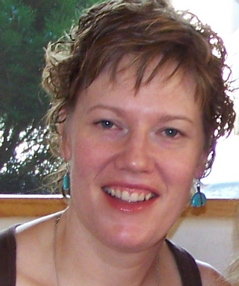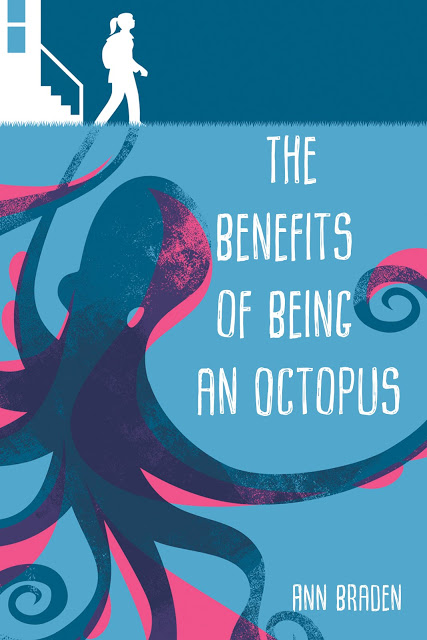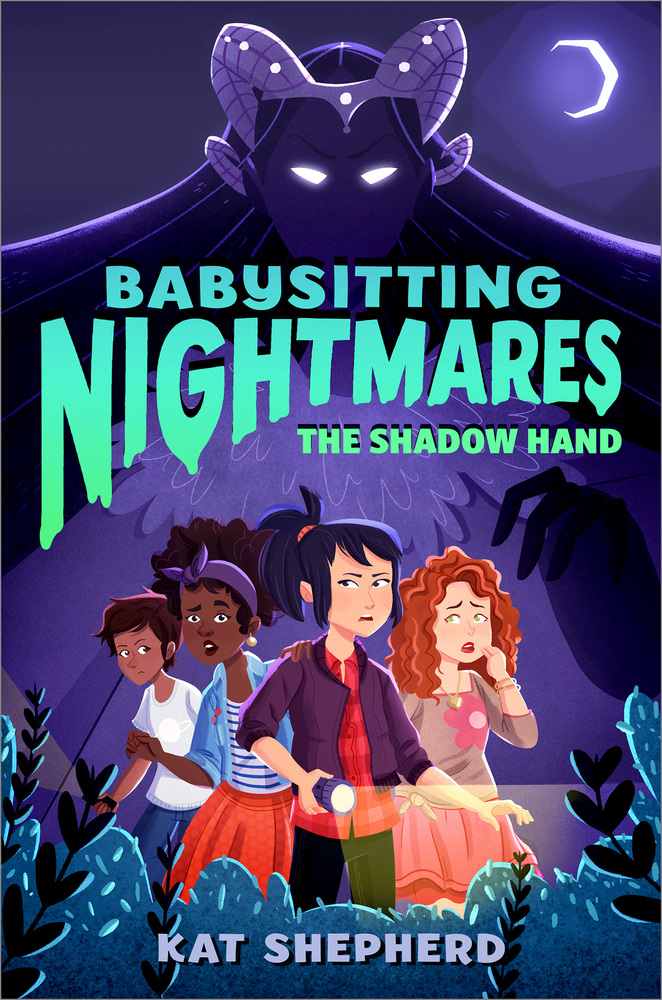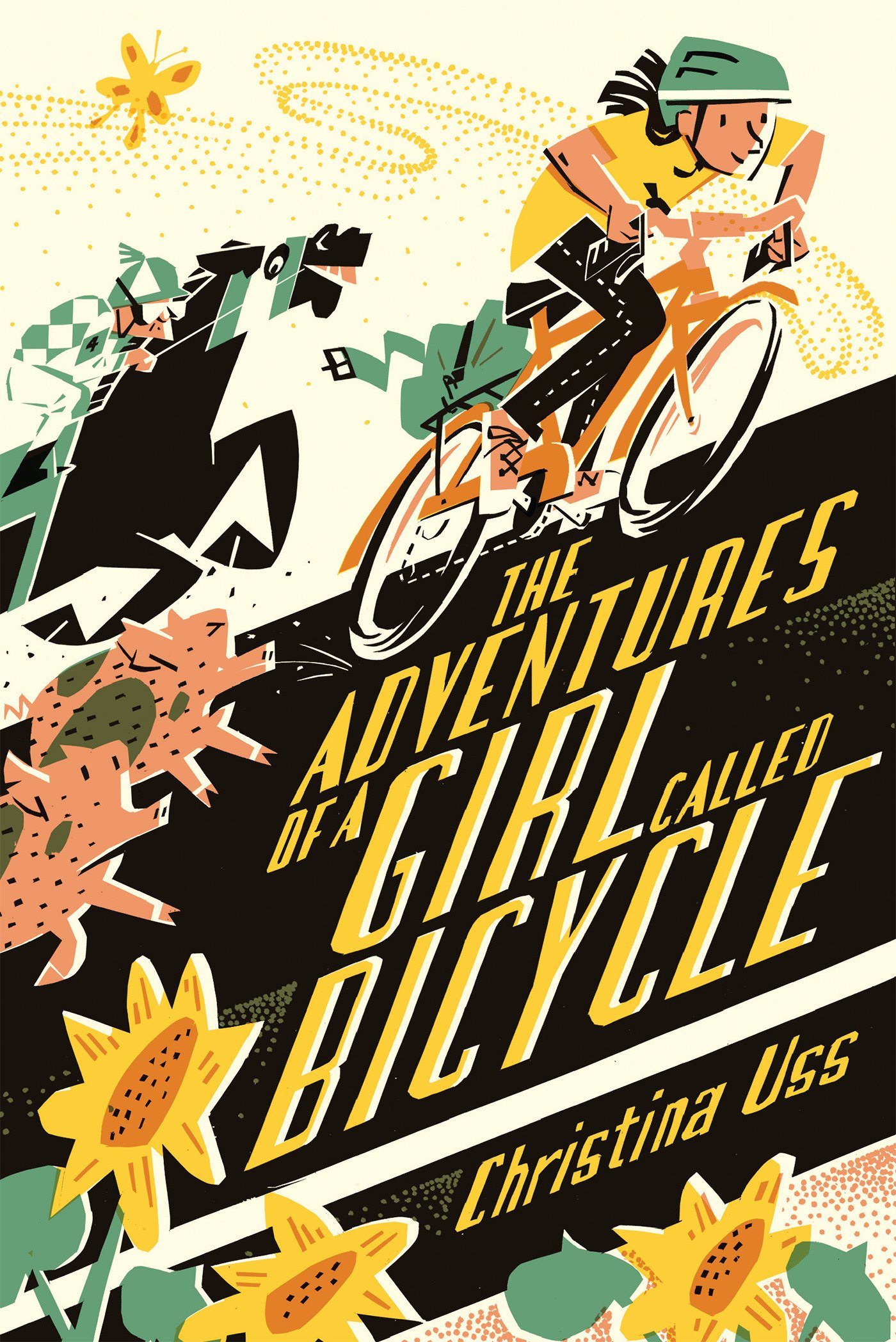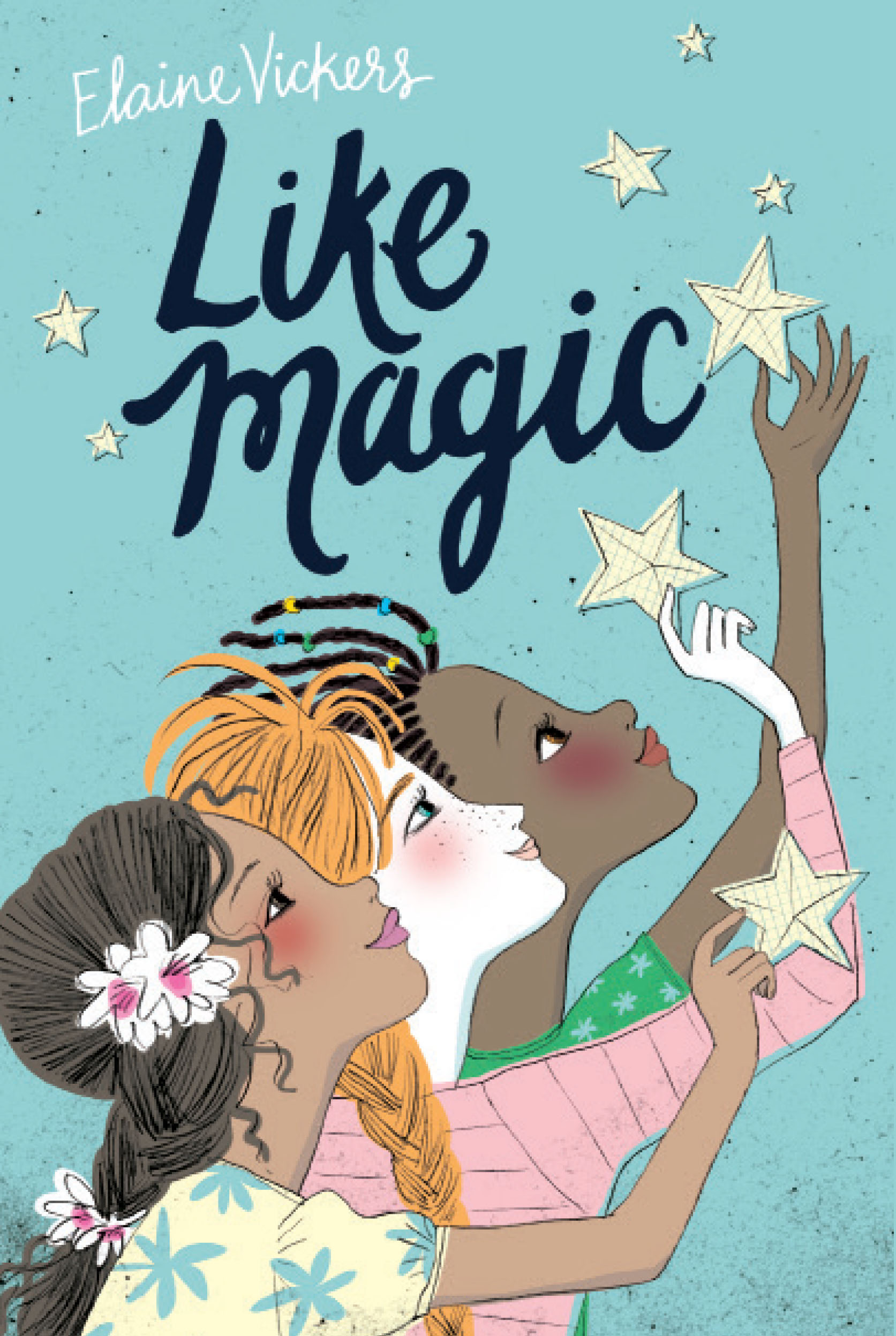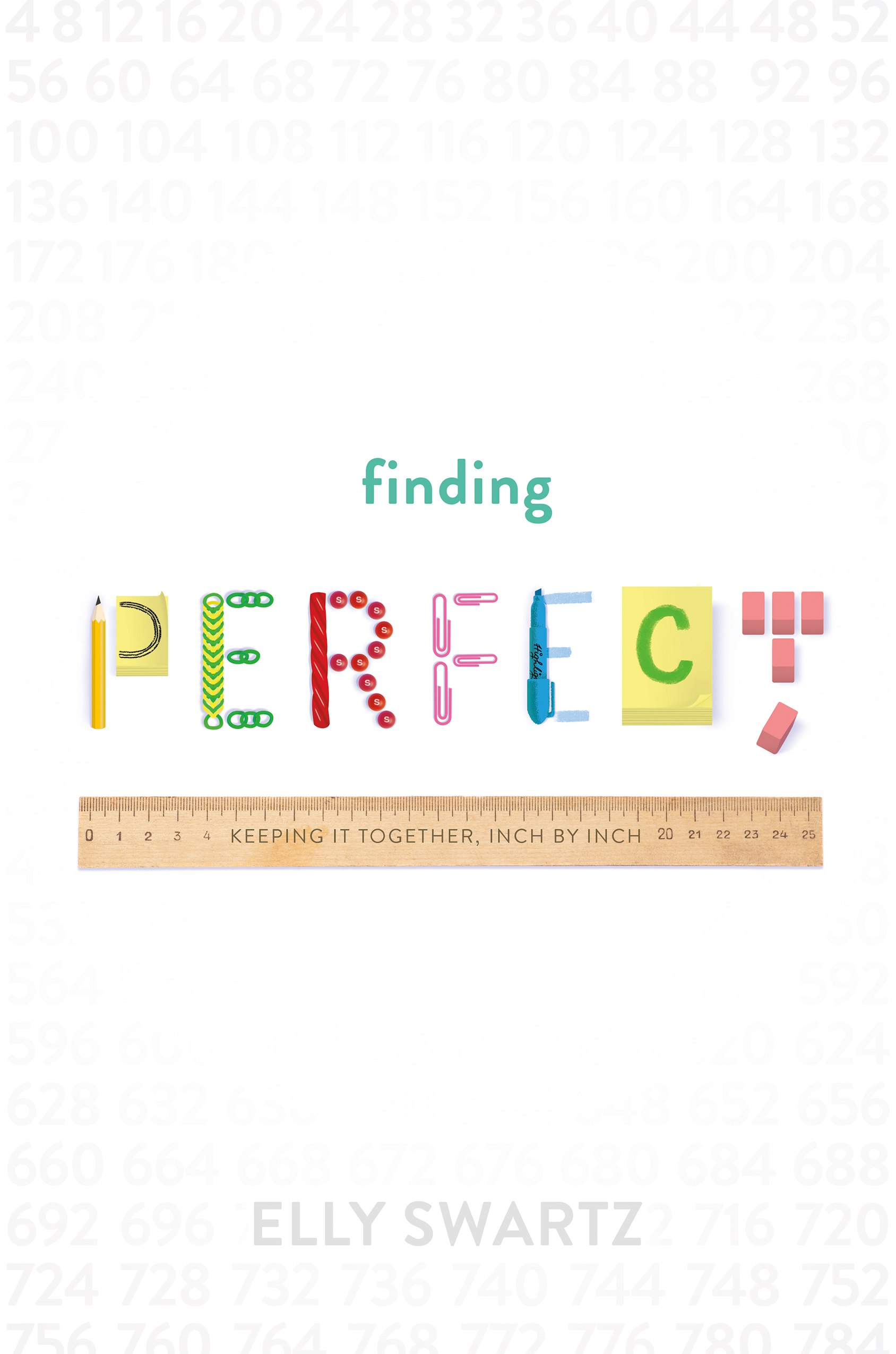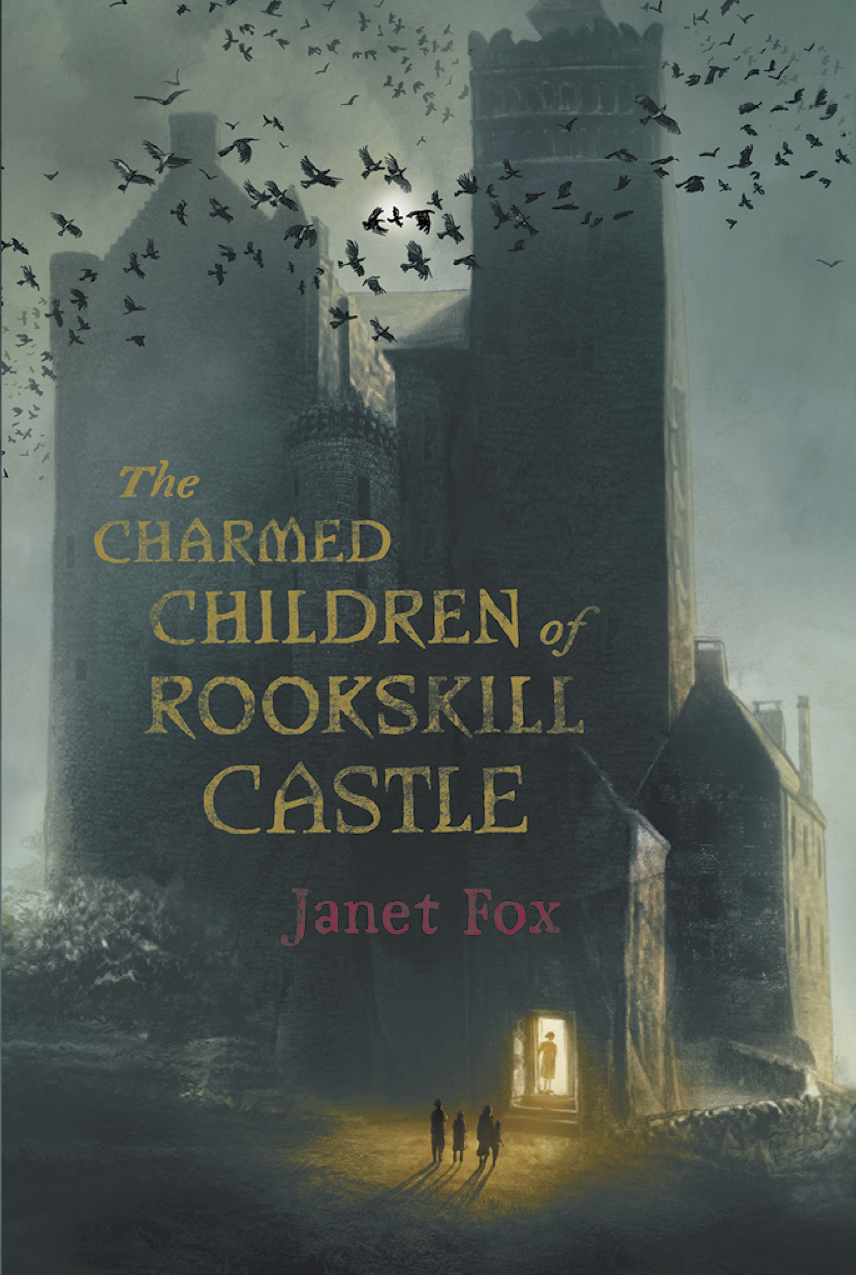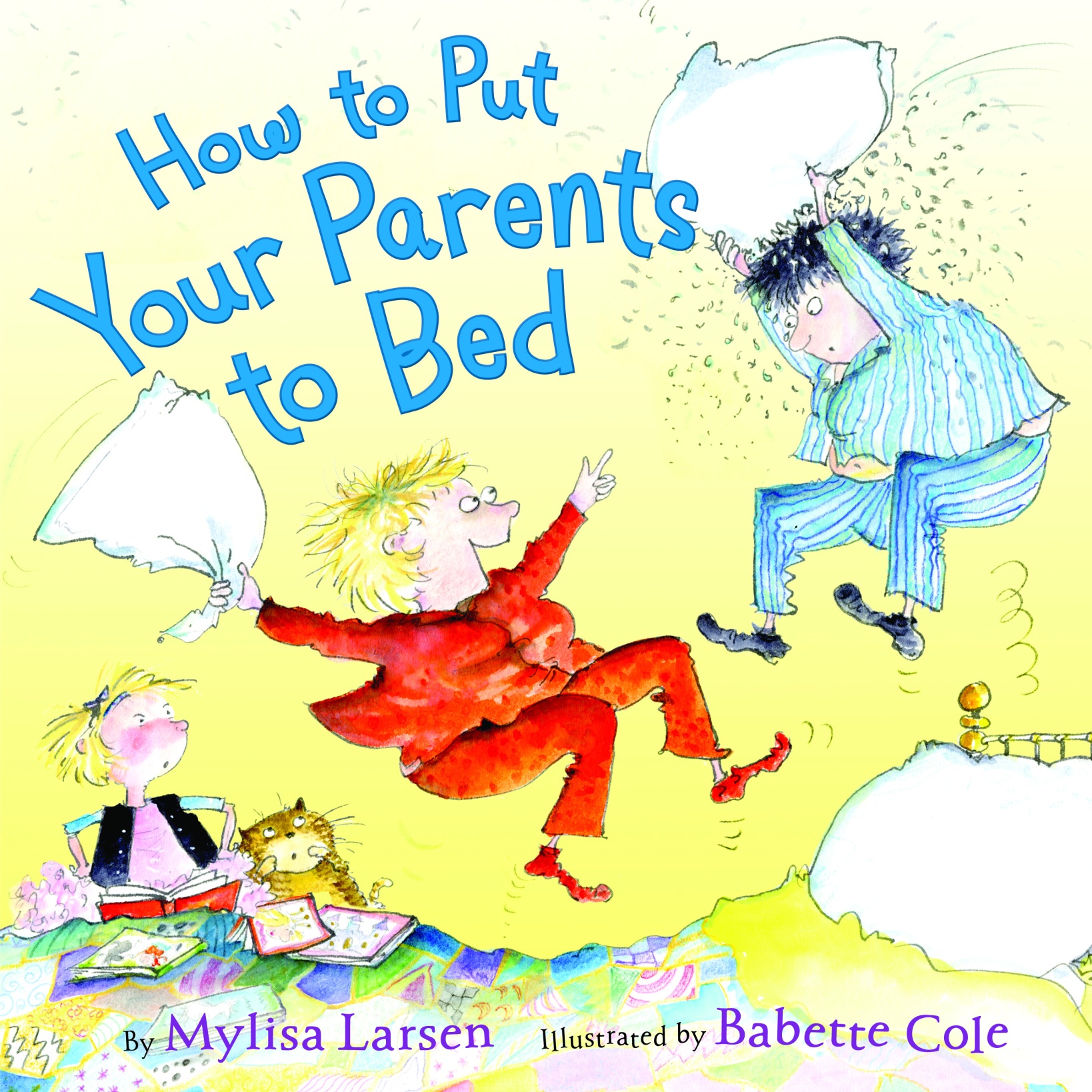
All the members of Emu’s Debuts are privileged today to help Elizabeth Acevedo celebrate the launch of her gorgeous debut, The Poet X from Harper Teen. Read on to learn more about this book’s path to publication and the ways the story is bound to touch and enrich readers everywhere.
The Poet X Belongs On the Shelf in Every School – Ann Braden
Last night I had the privilege of finishing The Poet X. I sat there for a long time, holding all of its amazingness inside me and trying not to burst. It was so real, and it explored such timely issues in such a powerful way that it exposed them for all to see – and to feel.
Take this stanza from page 126:
“She knew since she was little,
the world would not sing her triumphs,
but she took all of the stereotypes
and put them in a chokehold
until they breathed out the truth.”
And what filled me up to the point of bursting was thinking about what this book could mean for our students who not only need to see themselves in books, but who need to be inspired to make their voices heard. I used to be a classroom teacher, and my heart is full of all the students who need this book. Our job is to get it into their hands.
This year’s the NCTE has chosen the powerful theme of “Raising Students Voice: Speaking Out for Equity and Justice.” As Franki Sibberson, the program chair of the 2018 annual convention, reminds us: “Our students’ voices matter. Their voices matter in our schools, our communities, and beyond. As teachers, we want our students to discover their own voices.… Our students deserve stories that impact who they are and who they can become.”
The Poet X is a book that needs to on the shelf in every school. It will show students that their voices matter, and it will show them how their own lives can change when they speak out.
As the main character Xiomara says:
“If my body was a Country Club soda bottle,
it’s one that has been shaken and dropped
and at any moment it’s gonna pop open
and surprise the whole damn world.”
I have been eagerly awaiting the book birthday of Elizabeth Acevedo’s THE POET X for almost a year now, so I felt doubly lucky that not only did I get a sneak peek of an ARC of the book, I also got a chance to attend my first even poetry slam this past weekend, where Elizabeth was the featured performer.
For those who don’t know, ARC stands for Advanced Reader Copy. These are early, unproofed copies of an author’s book that are sent out to librarians, teachers, and other reviewers to help build buzz around a book before it’s released. If you’ve ever followed groups like #bookvoyage or #bookexpedition on Twitter, you’re probably used to seeing kidlit folks excitedly tweeting about the latest ARCs making their way to mailboxes across the country. Having the chance for an early read already feels incredibly special, and THE POET X was everything I hoped for and more.
Xiomara, or X, is entering high school and working to make sense of the conflicting worlds that try to define her: childhood and adulthood, Dominican and American, skepticism and faith, self-love and shame. Poetry is what allows her to fit the pieces of herself together and share her voice with the world. So it was fitting that I got to get a glimpse into Xiomara’s real-life world just as I was reading her story.

Elizabeth Acevedo had been invited as the featured poet at a Macalester College poetry slam in St. Paul last Saturday. I already knew she was a phenomenal poet and speaker, but I had never seen her perform in person before. Have you ever felt that pull in your belly when you see someone do something that they were just absolutely born to do? That’s what it felt like seeing Elizabeth. She read poems, she told stories, she made goofy little asides, and she had us hanging on her every word. She was absolutely electrifying.
And the slam itself: undiluted and intense, with poets sharing their most vulnerable selves. Audience participation isn’t just encouraged; it’s absolutely vital. There are snaps, claps, hoots and hollers, peppered with the occasional hiss or cursing of the judges. It is organized chaos punctuated by moments of the sublime.There are poems with lines that cut into the deepest part of you and leave you struggling for breath. It’s the same rawness and urgency of emotion that is captured so beautifully in Acevedo’s novel.
THE POET X reminds of that art is a lifeline, and it’s also a heartline that connects us to one another. It allows us to be our most vulnerable and urgent selves, and still have faith that we will be loved.
The Team Behind the Launch – Christina Uss
The Poet X began its transformation from manuscript to ARC to full-fledged launching hardcover book when Elizabeth Acevedo signed with her agent, Ammi-Joan Paquette of the Erin Murphy Literary Agency, who then connected her with the book’s editor, Rosemary Brosnan at Harper Teen. Pre-published writers often agonize over how they’ll find an agent or editor, wondering if there’s some magical, mystical way to get noticed. In Elizabeth’s case, all the magic she needed was right there in her words. Her writing spoke so strongly to these two, they both knew they simply had to work with her on this book.
Ammi-Joan Paquette explained how her part in the journey began:
“Liz and I had been in touch a few years before, and at that time she had sent me sample pages of another work she had in progress. Although that was a bit earlier in her writing journey, she definitely had the magic already! We kept in correspondence, and when she eventually sent me the manuscript for POET X, I was hooked. I knew this was what I had been waiting for. Pure magic.” The main character, Xiomara, particularly drew Paquette in: “Her voice rings through so clearly and vividly. From the earliest lines she is a living, breathing, multi-dimensional character, and her personality is exquisitely captured as she develops and grows across the course of the story.”
Paquette submitted Xiomara’s story to editors she thought might make a good match, and The Poet X ended up selling at auction – an enviable situation when multiple editors/publishing houses all want to be the one to publish a work. “When that happens, the various editors each make their case for why they would provide the best home for the work. That’s what happened with POET X—it’s very exciting, but also a bit nerve-wracking, as you might imagine, for the author to suddenly be in a position to have to choose between such an array of excellent options. In this case, Rosemary Brosnan at Harper Teen was inarguably the top choice for POET X, and I can’t imagine a better home for Liz and Xiomara anywhere!
Rosemary Brosnan let Emu’s Debuts know she agrees:
“Everything about THE POET X drew me in and made me want to acquire it! The voice, the wonderful poetry, the story—everything about this book screamed to me, ‘You must publish!’ I was also quite taken with the Afro-Dominican main character, Xiomara, as she is someone we have not seen a great deal in YA literature. And Liz herself is a force; I watched videos of her performances after I read the manuscript, and I was completely bowled over. (See links below to catch your own glimpse of Elizabeth’s power onstage.)
Like Paquette, Brosnan found Xiomara to be a unique character. “Some of the issues…in the story have been dealt with by other authors, but Xiomara is a truly memorable character, with her Dominican heritage, her love of poetry, her ultra-religious mother against whom she rebels.” She hopes all the book’s readers will leave its pages knowing “that poetry does not have to be obscure or written by dead white males! That poetry is fun!”
Savoring Poetry – Please Join the Challenge – Hayley Barrett
The Poet X is stunningly beautiful, inside and out.
I tried to read it—to sit quietly and read it—but I couldn’t. My voice wouldn’t cooperate. My ears wouldn’t cooperate. I should have expected as much. I’m predominantly an auditory learner, and my voice is sometimes the best tool I have to explore an idea. As I read The Poet X, my lips began to move. Eventually, I realized I was whispering and began to read aloud. Sweet, poetic relief!
To experience poetry silently, to only ever experience it like that, is to do it a disservice. Poetry does not care to be silenced or made to be less that all it truly is. Poems deserve to be read quietly, to be read out loud, to be shared with many voices. The Poet X certainly deserves that.
Throughout my education—which included an undergrad English major—only one teacher required me to memorize and recite poetry. I often chose the work of my favorite poet, Maxine Kumin. When I recited Kumin in class, I heard her voice and, perhaps as importantly, I heard my own. Savoring her words broadened my poetic palate and whetted my appetite for language. The experience nourished and strengthened me.
There are many videos of author Elizabeth Acevedo on her website and YouTube, including spoken word, two TEDx talks, and others. I encourage you to seek them out. In a recent one, she introduces The Poet X and talks about how she hopes her readers “hear a voice they’ve never heard.” If they read The Poet X aloud, one of the voices readers hear will be their own. I believe this experience will nourish and strengthen them. They may even discover their own poetic voice. I hope so.
on her website and YouTube, including spoken word, two TEDx talks, and others. I encourage you to seek them out. In a recent one, she introduces The Poet X and talks about how she hopes her readers “hear a voice they’ve never heard.” If they read The Poet X aloud, one of the voices readers hear will be their own. I believe this experience will nourish and strengthen them. They may even discover their own poetic voice. I hope so.
As we celebrate her launch of The Poet X, Elizabeth Acevedo challenges each of us to identify a female poet, choose one of her poems, and commit it to memory. I didn’t retain the Kumin poems I memorized for Professor Briggs, but I can reclaim them. I accept the challenge.
The rest of the Emus plan to do the same! Will you accept the challenge with us? Please comment below and share the poems and female poets who help you hear a voice you’ve never heard.
The Emu’s Debuts nest is honored to count Elizabeth Acevedo as one of our own! Contributors to this Emu’s Debuts post include middle-grade authors debuting in 2018 Ann Braden , Christina Uss, and Kat Shepherd, and picture book author Hayley Barrett, debuting in 2019.

























